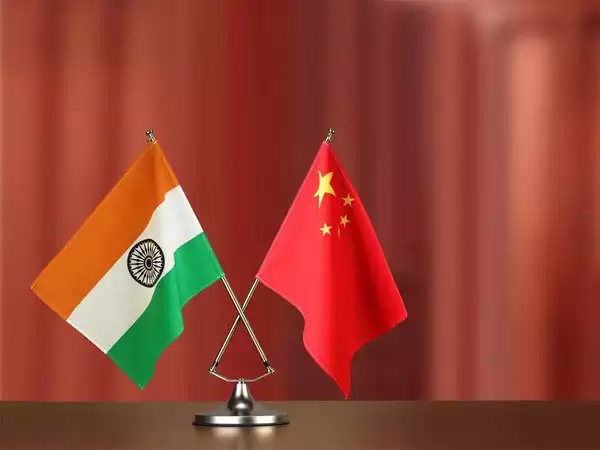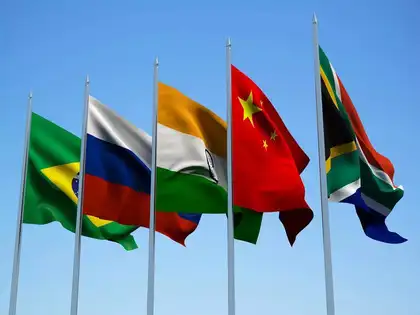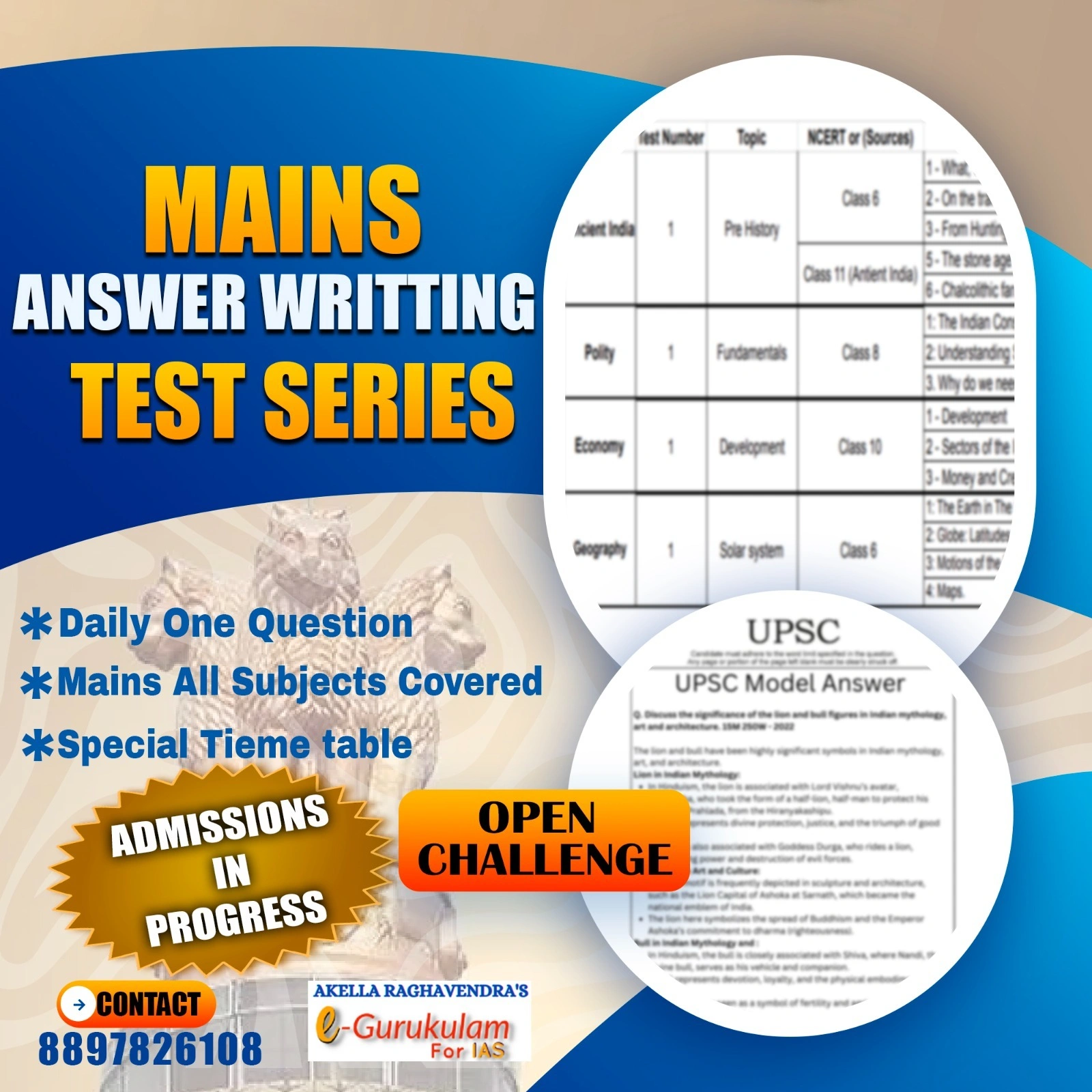Power Shift in West
Here are the key points from "Power Shift in the West" for your UPSC CSE preparation:
Background of Power Shift in the West
- The concept of power shift refers to the transition of global dominance from one region or nation to another.
- Historically, Western Europe held power due to colonization, industrialization, and economic growth.
- In the modern era, the power shift is moving towards Asia, particularly China and India.
Factors Contributing to Power Shift
- Economic Changes
- Decline of Western economies due to financial crises (2008 recession, Eurozone crisis).
- Rise of Asian economies with manufacturing and technological advancements.
- Shift of global trade hubs from the Atlantic to the Pacific.
- Political & Strategic Shifts
- Weakening of Western alliances (e.g., tensions in NATO, Brexit affecting EU unity).
- Rise of China’s Belt and Road Initiative (BRI) as a counter to Western influence.
- Declining influence of Western-led institutions like the World Bank and IMF .
-
Military Aspects
- Growing military budgets in China and India.
- Expansion of Russia’s influence (Ukraine conflict, Arctic expansion).
- Reduced Western military interventions due to domestic economic constraints.
-
Technological & Soft Power
- China leading in AI, 5G, and green energy.
- India emerging as a major IT and space power.
- Declining Western soft power due to cultural and social challenges.

Implications of the Power Shift
- Global Governance
- Rise of multipolar world order with India, China, and Russia challenging Western dominance.
- Strengthening of regional groups like BRICS, SCO, ASEAN .
- Declining Western-led interventions in global conflicts.
- Economic & Trade Impact
- Shift of supply chains towards Asia.
- Decline of Western influence in Africa and Latin America.
- Growth of trade agreements without Western participation (e.g., RCEP).
- Geopolitical Challenges
- US-China tensions (trade war, Taiwan issue).
- Russia-West conflict (Ukraine war, NATO expansion).
- India balancing ties between the US, Russia, and China.
India's Role in the Power Shift
- India's Act East Policy strengthening ties with ASEAN.
- India's Self-reliance (Atmanirbhar Bharat) initiative reducing Western dependency. India's role in QUAD, G20 Presidency, and Indo-Pacific strategy .
Future Outlook
- Likely continued decline of Western global hegemony.
- Strengthening of Asian-led economic and political alliances.
- More competition for global leadership among emerging powers.













